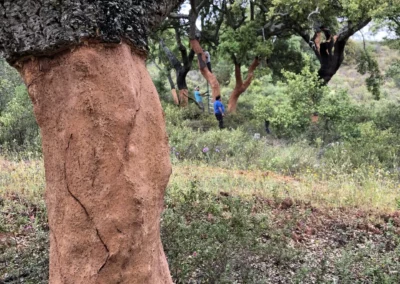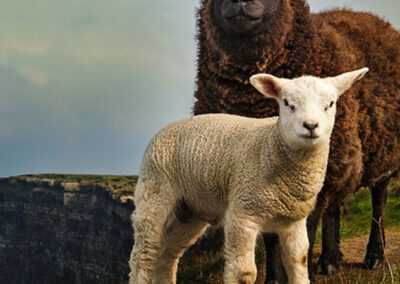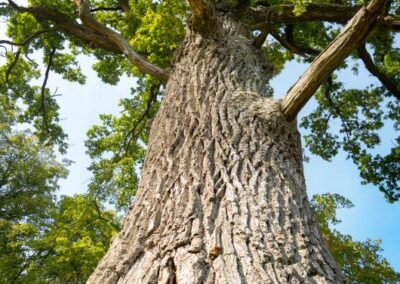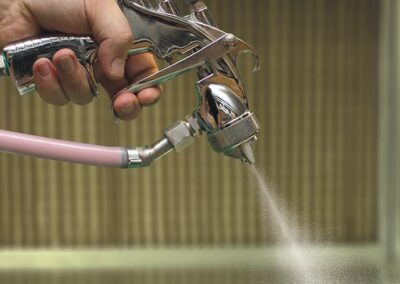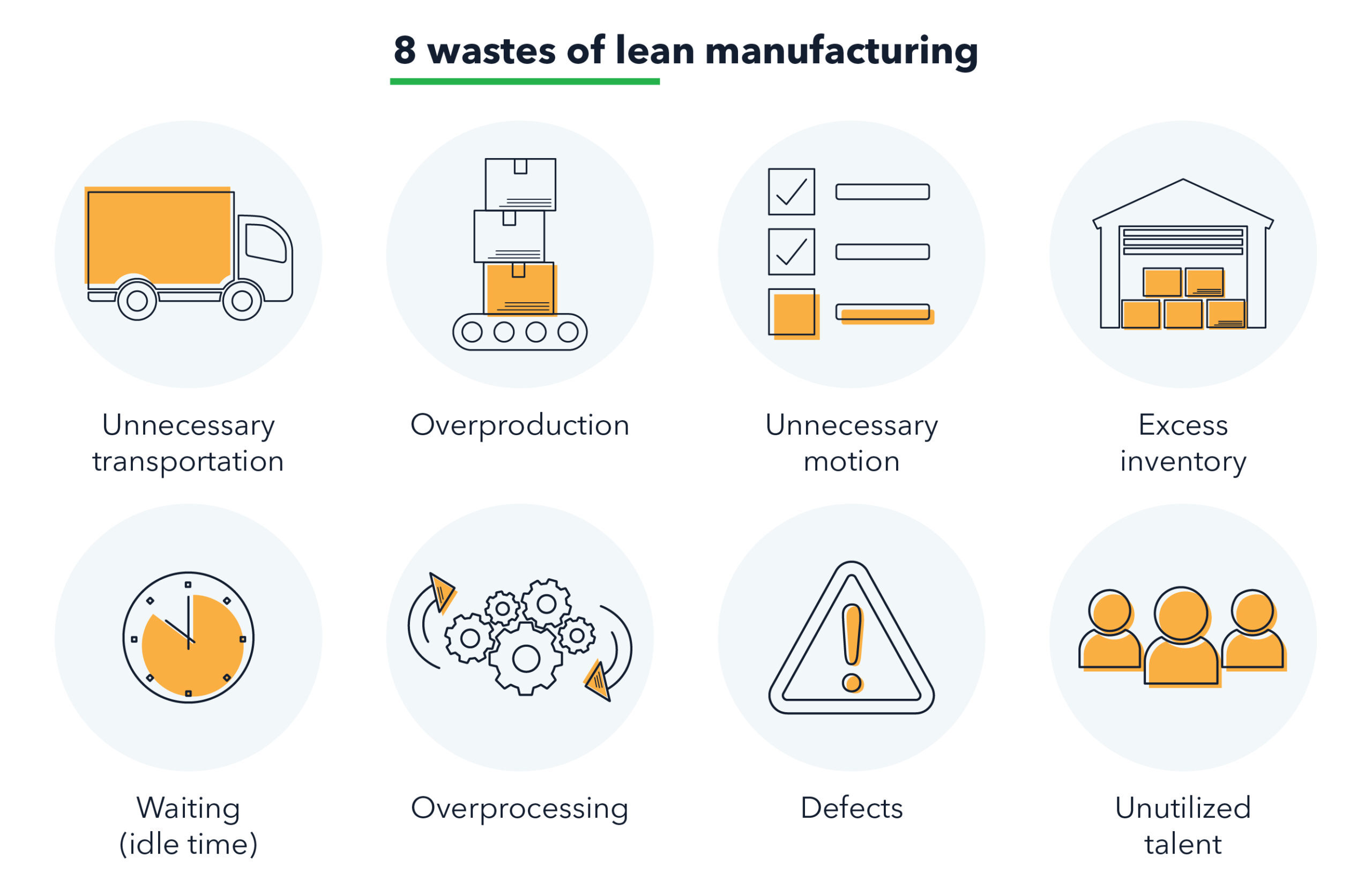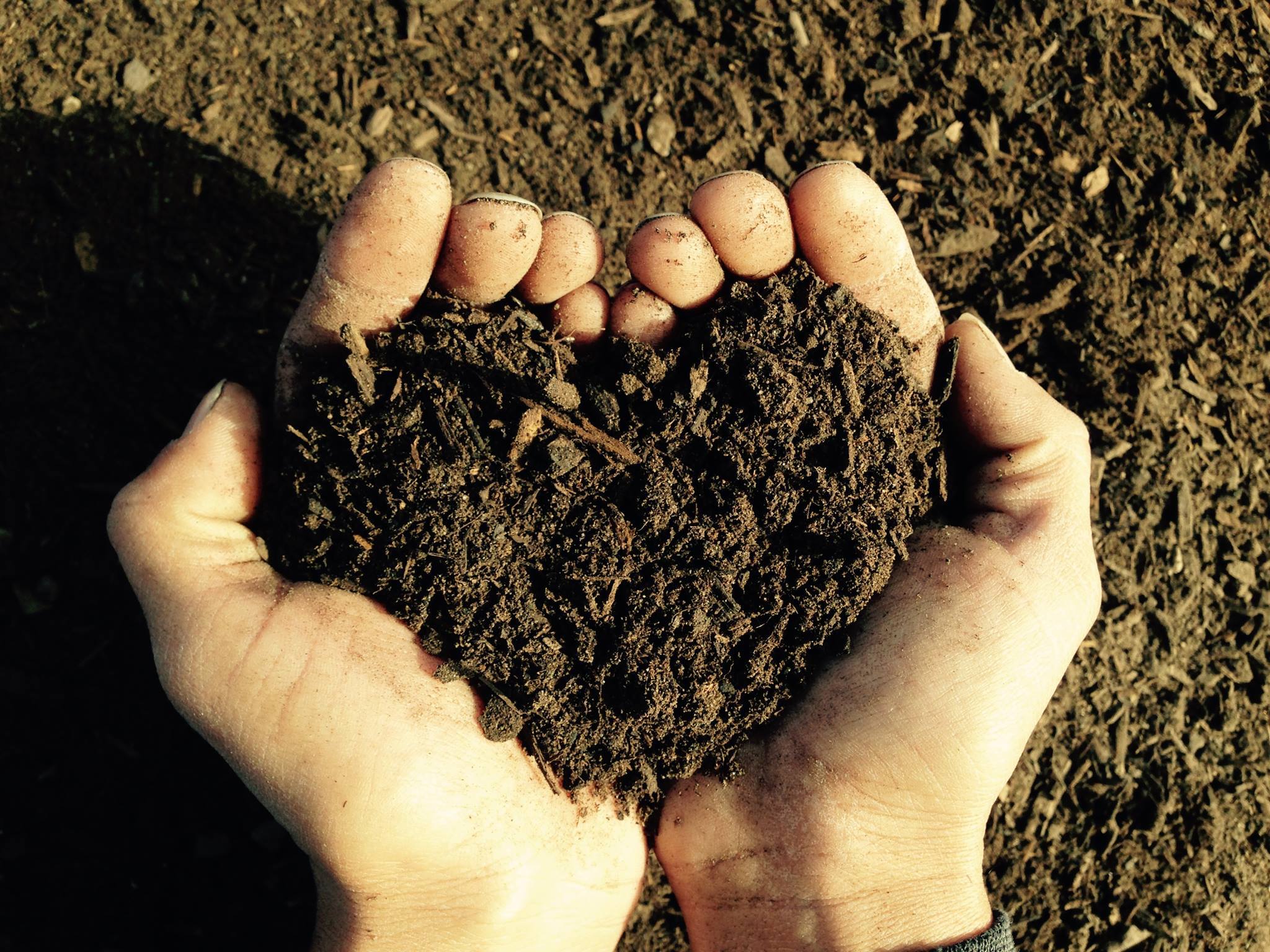
If you have gotten to know Submaterial at all, you know that we have a very firm mission.
“Submaterial creates thoughtful and enduring design products by hand. We transform places and spaces by bringing function and beauty to the world through the conscientious use of materials and responsible manufacturing methods.”
We also have named very clear values, including a focus on our world. We are future-focused and mindful of the impact our work has on the world. Our environment and our community are important to us. We continuously seek opportunities to improve.
We are not zero waste. We are not perfect in our sustainability efforts. We accept that, but as our value states, we continuously seek opportunities to improve. And today, we are excited to tell you about a new effort we have recently embarked on. But first, a little history.
MATERIALS WE SOURCE
Since our founding in 2006, Submaterial has always worked with natural and sustainable materials. Natural materials ground us on a primal level and connect us to the world and each other in ways synthetic simply can’t. We design with and emphasize natural materials because that is what we want to experience in our homes and work environments.
First and foremost, we source 100% Merino wool felt from Filzfelt. One of the oldest man-made textiles, wool felt is an excellent material for our designs. It is flexible, durable, water-resistant, self-extinguishing, and takes color with deep saturation. Felt also has sound-dampening properties. Likewise, we utilize natural cork for many of our products because it also provides a host of ideal characteristics for interior design. It is light, impermeable, fire-retardant, hypoallergenic, and odor-free. The rest of the materials we use also fall into the natural category, including responsibly felled and processed domestic solid woods and veneers and full-grain vegetable-tanned leathers produced with a low-waste factor.
An additional benefit of many of these natural materials is that they are renewable and compostable (keep that word in mind as you read further). One last important product used in our studio is the adhesive we employ to laminate the different materials together. The adhesive we source is water-based, no-VOC, formaldehyde-free, and ROHS-compliant.
IN OUR STUDIO
We use natural materials by preference because they work for us and the planet, but we are also thoughtful once the items are in our studio and ready to be manufactured into our products. Our inventory of materials is a careful record-keeping of what we have in-house. This keeps us from over-ordering, shipping, and storing more than we need and prompts us to look for ways to create with what we already have. For example, many of our prototypes, created to test out a particular material or manufacturing method, are done in unusual color combinations. But we would rather that than the cost, time, and additional carbon footprint of ordering more material.
Also, over the last half-decade, we have been working towards a lean manufacturing process. Lean is a production process based on an ideology of maximizing productivity while simultaneously minimizing waste (time, materials, and cost) within a manufacturing operation. Our staff (fabrication, design, marketing, admin) have undergone lean training with the local New Mexico Manufacturing Extension Partnership (NM MEP).
POST-PRODUCTION SUSTAINABILITY
As noted above, we are not and will never be zero waste. But we try to do our best to reduce, reuse, and recycle where we can.
All our bolts of felt arrive in plastic wrapping from the distributor. We use this wrapping to line our glue booth, we give it away to staff who uses it in home projects, and whatever is left over is brought to a recycling facility that can handle this type of plastic.
Cork is our second most used material. And given our specific manufacturing application, we end up with many small pieces of cork offcuts. Thankfully, ReCork exists. We pack and pay for shipping a large crate full of cork scraps to Napa, California. In their facility, post-consumer and post-industrial cork are re-agglomerated in a patented technique to create ReCORK Recycled Cork. The new material is used to replace petroleum-based foams and plastics in consumer products and can be collected and recycled again!
Felt scraps, often brightly colored and of various sizes, are given away or donated to artists, makers, schools, museums, and honestly, anyone who wants it. In the fall, we often use our undersized material to make dog toys for Animal Humane’s Doggie Dash and Dawdle event. But more than anything, we love to get the felt offcuts into the hands of folks who will do something fun and creative with them
Here are some examples of how creative people have used our felt offcuts!






Clockwise from top left: @cannupahanska, @wooly_wanderer, Maria Jonnson, Hummingbird Music Camp, @mollyzimmerart, @zonaj
Finally, the exciting news! We are now composting our scraps at Soilutions.
In 2022, we reached out to a local composting company called Soilutions. They are New Mexico’s largest private compost and soil company. They divert millions of pounds of organic waste from landfills each year and provide premium composts, soils, and mulches to growers, landscapers, contractors, gardeners, and farmers throughout the state. After a large project in 2019, we had more than three large crates full of oddly sized scraps that were not interesting to the creative folks who take other offcuts. We wanted to not only compost that material but, more importantly, we were hoping to compost the scraps that we cut off of our finished felt and cork wall tiles. These scraps are felt glued to cork, and in the past, they have gone in the regular garbage. We knew the cork and the felt were individually biodegradable, but would the adhesive we use pass composting muster?
We provided Soilutions with a comprehensive tour of our studio and the safety data sheets of the glue we use and crossed our fingers. They came back to us and said that given the water-based properties of the adhesive and its sparse use on the products, it could be composted! We purchased some new green bins specifically for the finishing department for compostable materials only. And three weeks ago (and every week since), we loaded up our finishing scraps and dropped them at Soilution’s expansive facility on the south side of ABQ. We pay a small fee for each cubic yard of material, but it is worth every penny knowing that these scraps will no longer be going into the landfill. We are thrilled that in some unknown amount of time, these scraps will become part of the soil that grows agriculture and home gardens all around Albuquerque.

